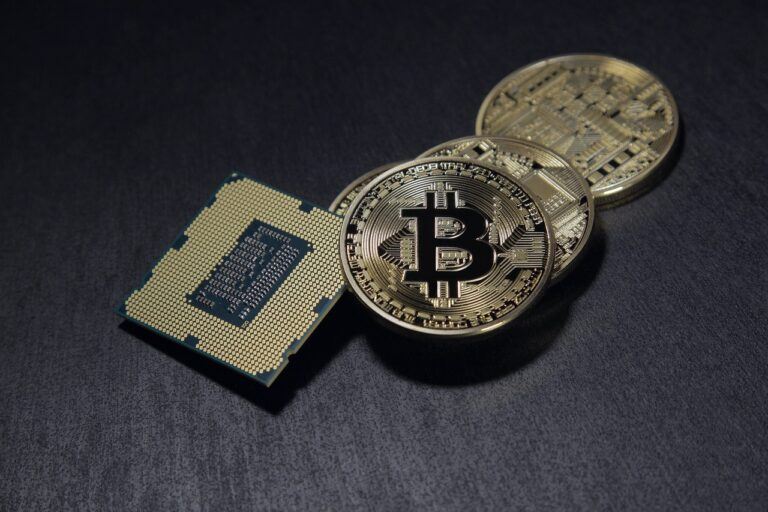The management at J.P. Morgan, the sixth largest bank in the world, has said that bitcoin (BTC) futures might have a more important role in the cryptoasset market than what investors would expect.
In March 2019, Bitwise Asset Management, a San Francisco-based crypto research and analytics firm, published a report in which it revealed that 95% of reported bitcoin trading volume was “fake.”
$36 Billion in Bitcoin Trading Volume, $12 Billion in BTC Futures Volume
As noted recently by Bloomberg, if only 5% of the $725 billion in BTC trading volume recorded in May 2019 was genuine, then total (actual) bitcoin trading volume registered on crypto exchanges would only be around $36 billion.
Commenting on these figures, Nikolaos Panigirtzoglou, a Global Market Strategist at J.P. Morgan, noted that the total volume of CME and Cboe bitcoin futures contracts was approximately $12 billion in May 2019. Notably, this represents a significant increase from about $5.5 billion in BTC futures volume registered in April 2019. Moreover, the $12 billion in bitcoin futures contracts settled last month is considerably more than the $1.8 billion average recorded during Q1 2019.
According to Panigirtzoglou’s assessment, the main implication behind this type of trading volume is that “the importance of the listed futures market has been significantly understated.”
He added:
The report by Bitwise credits the traded futures as an important development in allowing short exposures that enabled arbitrageurs in properly engaging in arbitrage, and that the futures share of spot Bitcoin volumes increased sharply in April/May [2019].
“Market Structure Has Likely Changed Considerably Since Previous Spike in Bitcoin Prices”
In a report submitted to the US Securities and Exchange Commission (SEC), Bitwise’s management revealed that several digital asset exchanges had artificially inflated their trading volumes. The crypto index developer further mentioned in its extensive report that the exchanges may have reported fake volumes in order to appear higher in rankings – presumably in an attempt to attract more traders to their platform.
According to the management at CoinMarketCap.com, a leading cryptocurrency data provider, the concerns expressed regarding the inaccuracies in reported digital asset trading volumes “are valid.”
In statements shared with Bloomberg, J.P. Morgan argued:
The overstatement of trading volumes by cryptocurrency exchanges, and by implication the understatement of the importance of listed futures, suggests that market structure has likely changed considerably since the previous spike in Bitcoin prices in end-2017 with a greater influence from institutional investors.
Veteran Trader Explains Relationship Between BTC Price And Futures Contracts
In April 2019, Joe McCann, an experienced cryptocurrency trader and market analyst, had said that the “recent breakout” for bitcoin (BTC) “feels very real.”
McCann explained in a detailed Twitter thread that he used Bitcoin futures trading data to arrive at his conclusion regarding bitcoin’s future performance. The crypto analyst referenced a chart which showed the “past 36 hours” of a “1-minute snapshot of the price of BTC.”
McCann also questioned BTC’s price movements (at that time) with respect to bitcoin futures contracts which expire in September 2019:
1/ Today's breakout in #bitcoin price feels to me to be very real. I used bitcoin futures data to come to my decision. Have a look.
(Thread)#crypto #xbtusd #bitmex
— Joe McCann (@joemccann) April 22, 2019
He also made the following observation, while examining the chart more closely:
2/ The following chart is the past 36 hours of a 1-minute snapshot of the price of BTC (.BXBT, Orange Line) and the delta (Blue Line) between it and the Bitcoin futures contract that expires on September 27 2019 (XBTU19). The right side shows a huge drop in the delta, but why? pic.twitter.com/CMe0yGTI8L
— Joe McCann (@joemccann) April 22, 2019
He added:
Backwardation is the state where futures buyers are only willing to pay LESS than the current price of the underlying asset, in this case BTC. This is bearish.









